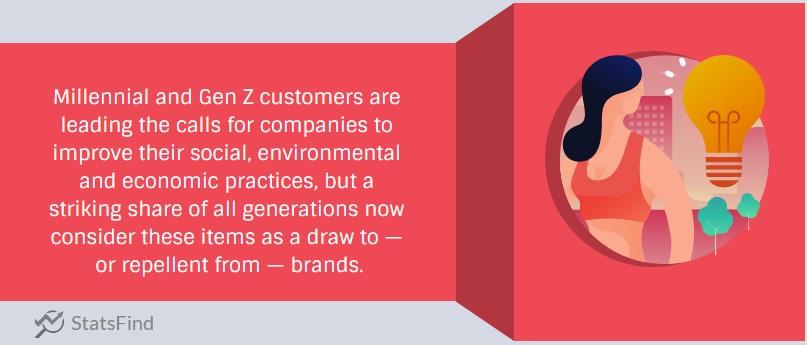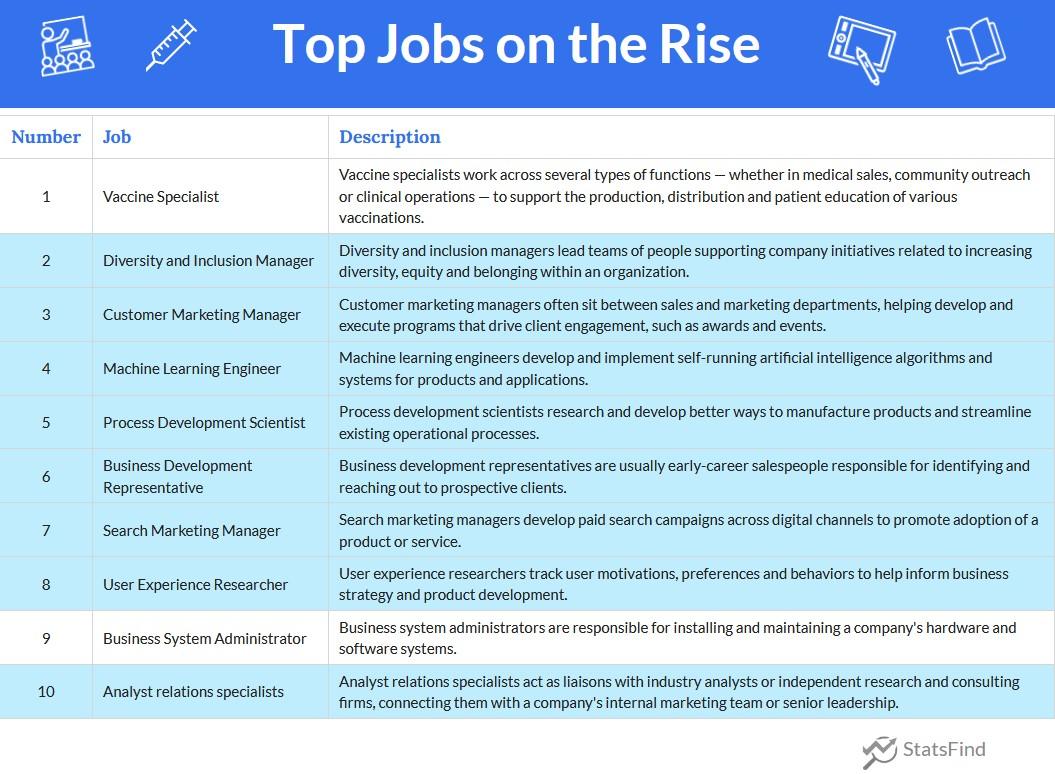Which deserves more focus: acquiring customers or retaining them? Successful companies know to focus on both and leverage customer experience statistics to accomplish the work.
Since acquiring new customers means business growth while retaining current customers means recurring revenue, learning how to apply customer experience statistics is essential.
So, let’s see what recent stats teach us.
Highlights:
- Customer experience is the impact your brand has on a buyer throughout each aspect of their purchasing journey. A customer’s view of your business will affect your revenue.
- Consumers expect openness, honesty, transparency, and authenticity from the review platforms and brands.
- Customer-centric businesses aim to leave the customer feeling like the company not only met their needs but anticipated them.
- Factors that earn a customer’s trust include how a business treats the environment and its employees.
- Eight of the top ten jobs on the rise are related to customer experience.
Lessons from four customer experience statistics
Customer experience is the impact your brand has on a buyer throughout each aspect of their purchasing journey. A customer’s view of your business will affect your revenue.
Therefore, let’s look at four statistics and see how big businesses employ them.
Statistic #1: 89% of global consumers check online reviews as part of their online buying journey
Buyer reviews are a form of social proof, so profitable companies include the ability to leave reviews on products on their site. However, note concerns from buyers:
- 70% of global consumers believe that the censorship of customer reviews is a serious concern, while 62% of global consumers would stop using platforms if they knew they were censoring reviews.
- With 45% of consumers believing that review censorship leads to wasted money and 42% thinking it damages freedom of speech, review manipulation has become a risky practice. In other words, consumers expect openness, honesty, transparency, and authenticity from the review platforms and brands.
- 64% of global consumers prefer to buy from a responsive company over one that appears perfect.
Business example: Whirlpool is a manufacturer of home appliances. When showcasing their merchandise, the shopper can see customer star ratings and the number of reviews immediately on the results page. When selecting a product, the shopper can read comments from previous buyers. And when there is a negative review, Whirlpool responds to rectify any issue presented.
Statistic #2: 60% of consumers say they will likely become repeat buyers after a personalized shopping experience
Customer-centric businesses aim to leave the customer feeling like the company not only met their needs but anticipated them. In essence, the customer feels “special” to the business. Some ways that companies can provide personalized shopping experiences are:
- You can tailor your website to each buyer by adding simple quizzes and tracking previous purchases. These activities will help provide personalized shopping recommendations.
- Provide customers with interactive content, such as live chat and a 360-degree view of products.
- Send an email to the customer after their purchase. Furthermore, include their name, product bought, estimated delivery time, tracking number, and a method to contact an agent directly if they have any questions or concerns.
Business example: Microsoft launched a new feature in its online store: personal shopping. The customer can book an appointment with a live Microsoft store associate. The customer and associate could then discuss the buyer’s particular needs through Microsoft teams to purchase the optimal product.
Statistic #3: 50% of individuals will become loyal customers to brands they trust
How does a company gain the trust of customers? A recent survey from Edelman breaks down some of the factors that build customer trust in a brand:
- How well the business treats the environment
- If they use ingredients and materials that are local, sustainable and ethically-acquired
- How well it treats its employees
- How the brand has responded in the face of the COVID-19 pandemic

Business example: Nike’s website includes targets the company would like to reach by 2025. Among them are:
- 50% representation of women in the global corporate workforce and 45% in leadership positions
- 30% representation of racial and ethnic minorities at Director level and above in the U.S.; increased pipeline of Black and LatinX talent at Director level and above
- Invest $125 million to support organizations working to address racial inequality
- 70% reduction of greenhouse gas (GHG) emissions in owned or operated facilities through 100% renewable electricity and fleet electrification
Statistic #4: Eight of the top ten jobs on the rise relate to customer experience
While this customer experience statistic is from the perspective of businesses, it cements the importance companies are giving to customer satisfaction. According to LinkedIn, the top ten jobs on the rise are:

In the above table, only vaccine specialists and business system administrators don’t directly involve improving the customer experience.
The roles of diversity and inclusion managers and process development scientists address how a business treats the environment and its employees, which then builds customer trust and loyalty.
Machine learning engineers can enhance artificial intelligence (AI) throughout the customer journey, such as when asking a question about a product or requiring assistance with an issue. AI is even going so far as to incorporate empathy algorithms when dealing with customers. Businesses also leverage AI so they can be data-driven.
Business example: The description for a recent job posting from Uber for a machine learning engineer stated:
“Build a personalized real-time ride product recommendations engine to suggest the right products to the riders at the right time, shift behavior, and improve the rider experience.”
Was peering into customer experience statistics helpful?
Did you enjoy these insights from customer experience statistics? StatsFind regularly publishes articles from various fields, trending topics, and events throughout history that pique interest.


